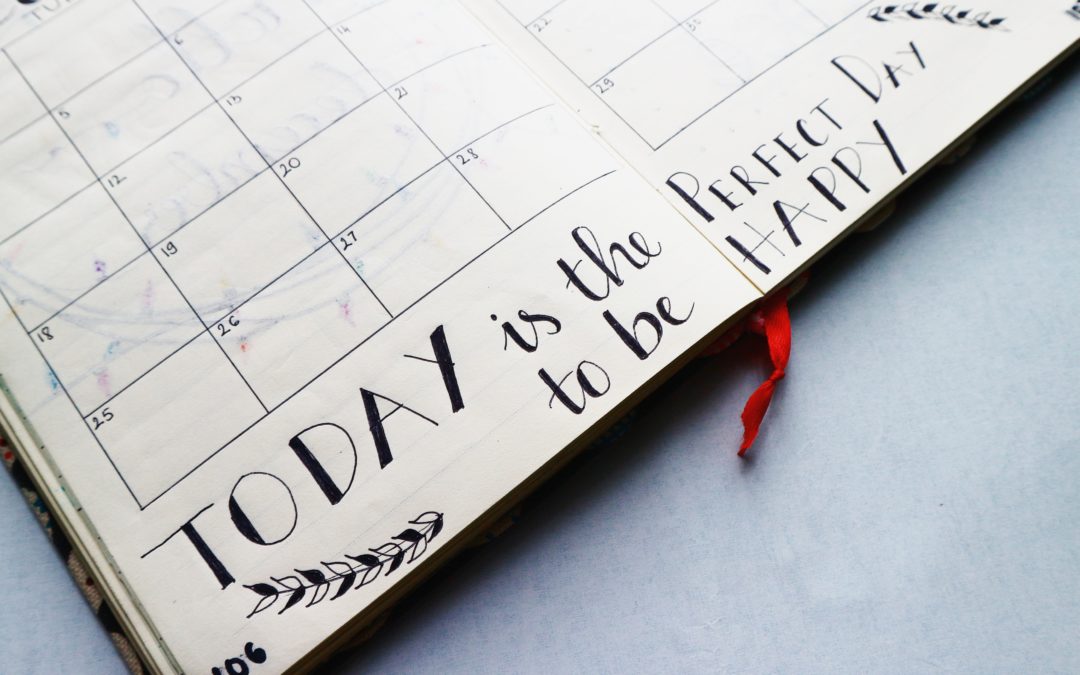Mid-October might seem early to be thinking about year-end giving… but “the end” will arrive sooner than you think! There are a few things you can do to start gearing up for what is always the most generous time of the calendar year.
Take a look at the calendar:
How many weeks are there between now and the end of the year? Between Thanksgiving and New Year’s Eve? If you want your final (not “only,” but “final” – more on that below) email appeal to donors to go out on December 29 or 30, start to back out a calendar of when you want to email people, when you have to have your emails written and ready to go, when you have to have your email list prepared, etc.
How many emails do you want to send:
I recommend “dripping” your appeal – send out a few (maybe three) emails, because in this competitive funding landscape, one email ain’t gonna cut it. Think about including some BRIEF video clips in your emails; if they are too long, they will land in spam! Your video content doesn’t need to be fancy. You can shoot it on your mobile phone! No matter how simple it is, it’s great to include video, because research tells us that people spend more time engaging with emails that include video content. You also can think about a photo or two, but again, don’t make it too fancy or image-heavy, or it might not get through to the intended recipient. Don’t forget to link back to your web site’s “donate” page! (I’m just going to assume that you have one of those… right?)
What do you want to say:
Brace yourself, because I’m dropping a truth bomb on you: If you are sending fundraising emails, you are going to have to ask for money. Each email that you send should include an ask, but each email also can have a different theme or tone. While the one that you send on December 30(ish) will likely have a “time is almost up for this year” theme, other emails can strike a positive and excited tone (about things to come), a concerned tone (about issues you are addressing)… just avoid a desperate tone. People want to feel that they can be a part of a solution and contribute to a greater cause, but they don’t want to feel guilted into saving a sinking ship.
What about “snail mail”:
Some organizations have abandoned snail mail. While it all depends on your audience, I do think there’s value in sending a hard copy mailing via US mail. However, you can look at your database and see how many gifts you actually are getting on paper, in the mail, and determine from there how much you want to invest in a hard copy mailing. A gorgeous (and expensive) multi-piece mailing, with a letter, a return envelope, and more might not be necessary. You could send a simple postcard! Lots of folks respond to paper mailings by ultimately giving online, but they keep a pile of those year-end mailings and refer to them when making donation decisions.
Social Media:
Many organizations turn to social media – Facebook, Instagram, etc. – to engage with donors and raise funds. I think that social media can be a great tool for keeping donors informed and “friendraising,” but to be really effective as a fundraising tool, you need to have (1) a large and dedicated social media following, and (2) some raving fans who will spread the word, share your organization’s posts, and actually encourage their friends and contacts to give. If you have these elements in place, go for it! Make social media an important part of your year-end t strategy. If you don’t have these elements in place, you’ve got a year to get there.
Giving Tuesday:
Giving Tuesday, the Tuesday after Thanksgiving, is a robust, multi-channel campaign dedicated to encouraging people to support their favorite causes. If you want to participate in Giving Tuesday, I think it helps to have much of the same elements in place that I recommend for social media campaigns. If you want to participate, the Giving Tuesday web site has TONS of resources available – social media templates, sample letters, etc. They really spoon feed you the content. Check out their resources, which could help you for Giving Tuesday or throughout the year.
Who can help you make personal connections:
Sending emails and letters isn’t enough. Think about who you can count on (board members? volunteers? staff?) to write personal notes on hard copy mailings, call their friends and encourage them to give, forward your emails to their friends, and more. It’s the personal touch that will bring in consistent gifts.
Mine your data:
Many organizations send different types of mailings to different types of donors: those who give big gifts, those who give smaller gifts, different ages or locations, different types of affiliations with the organization, those who have not given recently, and more. If you are able to differentiate your mailings that way, great, but don’t feel that you MUST design different mailings for different people on your list – you can personalize things with the personal connections you make (see above). That said, here are some things you can be looking at in your database:
-
- People who have given every year for several years are more likely to give again. It could be worth it to create a “personal touch” with them.
- Are there people who have not given recently, but gave consistently a few years ago? Can you reach out to them with a special “we miss you!” note?
- Some of your biggest donors probably shouldn’t be getting your standard year-end letters and emails, but perhaps should get a more personalized, or more specific, year-end update.
With some advanced planning, including deadlines for creating materials and examining your database, you can be prepared to stand out from the crowd of year-end solicitations and be a part of people’s December wave of generosity.
Don’t miss out on new ideas and great tips on fundraising, leadership, writing, philanthropy, and lots of related topics. Join the PITCH list to get Lauren’s monthly newsletter delivered straight to your inbox, and get a free gift when you sign up!

